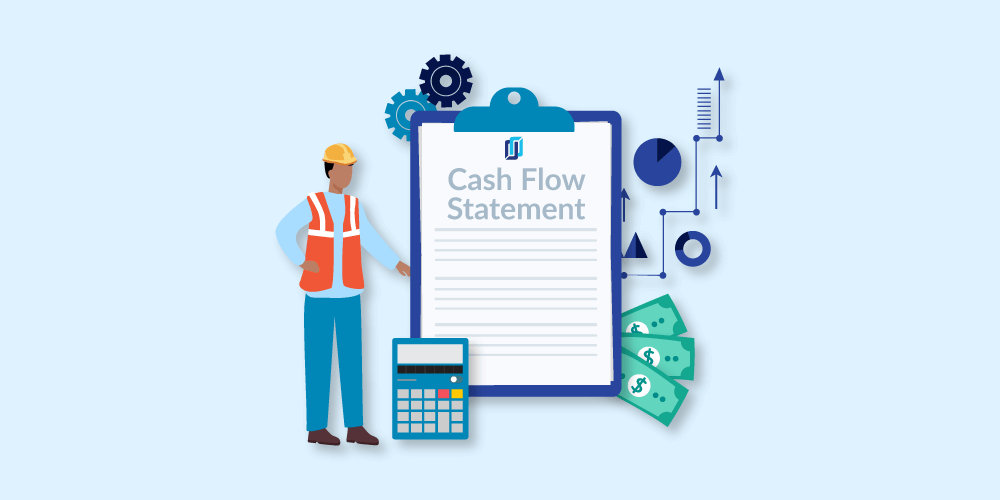The information obtained from financial statements is very relevant for organizations.The cash flow statement in particular is of great help for planning and budgeting, without losing sight of the analysis and measurement of indicatorsthat allows you to have a more exact vision of what the company requires to meet the commitments previously acquired. Today let’s talk about what methods exist to make a cash flow statement.
Methods for preparing cash flow statement
There are two forms or methods for the presentation of operating activities in the statement of cash flows:
Direct method
In this format, the activities or items are presented in a similar way to the income statement,the companies that choose this method must provide information on the movements related to:
1.Cash collection from customers
2.Cash that has been received for interest, dividends and returns on investments.
3.Charges derived from the operation.
4.Cash payments to personnel and suppliers.
5.Cash payments for bank interest.
6.Payments made in cash related to taxes.
In this method, operating activities are divided by main categories of receipts and payments in gross terms. In essence, the direct method organizes the operations of the company and classifies them into categories similar to what a bank statement would be, for example, in the operating activities it details the cash received from customers, a cash inflow and lists the cash outflows such as the payment of the rent of the facilities as a negative number (subtracting it) and thus obtain the net amount as the difference between money inflows and outflows.
Indirect method
Another method to prepare a cash flow statement is the direct one. If this is chosen to prepare the cash flow, a reconciliation is prepared between the net income and the cash flow from operating activities, which must report separately all reconciling items. In this case, utility is taken as the starting point or base.
Among the games mentioned are:
1.Depreciation and amortization
2.Differences due to exchange rate fluctuations.
3.Profit or loss on sales of property, equipment or other operating assets.
4.Changes in operational accounts such as: accounts receivable, inventories, accounts payable, liabilities, etc.
6.Provisions for asset protection.
8.Profits or losses on the sale of property, plant and equipment, investments or other operating assets.
9.Monetary correction of the balance sheet accounts period.
10.Change in operating items, such as: increase or decrease in accounts receivable, inventories, accounts payable, estimated liabilities and provisions.
This technique to perform the cash flow can be more complex since it includes in the calculation accounts that do not represent a tangible cash outflow or inflow, such as depreciation.
Difference between direct and indirect method to prepare cash flow statement
The main difference between the two is that the direct method presents the movements of cash ordered in relation to the main categories of payments and collections, for which we have activities of:
• Operation
• Financing
This is the basic formula of the direct method:
Operating activities + investment activities
+ financing activities
On the other hand, the indirect method also presents the cash movements with an adjustment in profit or loss considering the amounts of the accounts that do not require cash but that somehow influence the company’s ability to make its payments, an example of this are foreign exchange losses or asset depreciation.
The formula for this method is:
Profit for the period +/- amounts without use of cash
+ investment activities + financing activities
The cash flow statement, when used efficiently and in coordination with the rest of the financial statements,provides valuable information that allows managers to evaluate changes in a company’s assets, its financial structure and its ability to meet with its commitments and face eventualities. In the same way, it is relevant to know the company’s capacity to generate cash.
Prepare cash flow statementwith SAP Business One
With the ERP for growing companies, SAP Business One you will be able to integrate all your financial information and have access to reports and financial statements in real time for better and more informed decision making that will take your company to higher levels of productivity and profitability. . You will be able to prepare a cash flow statement in SAP Business One and have the information you need to take action based on real data.




